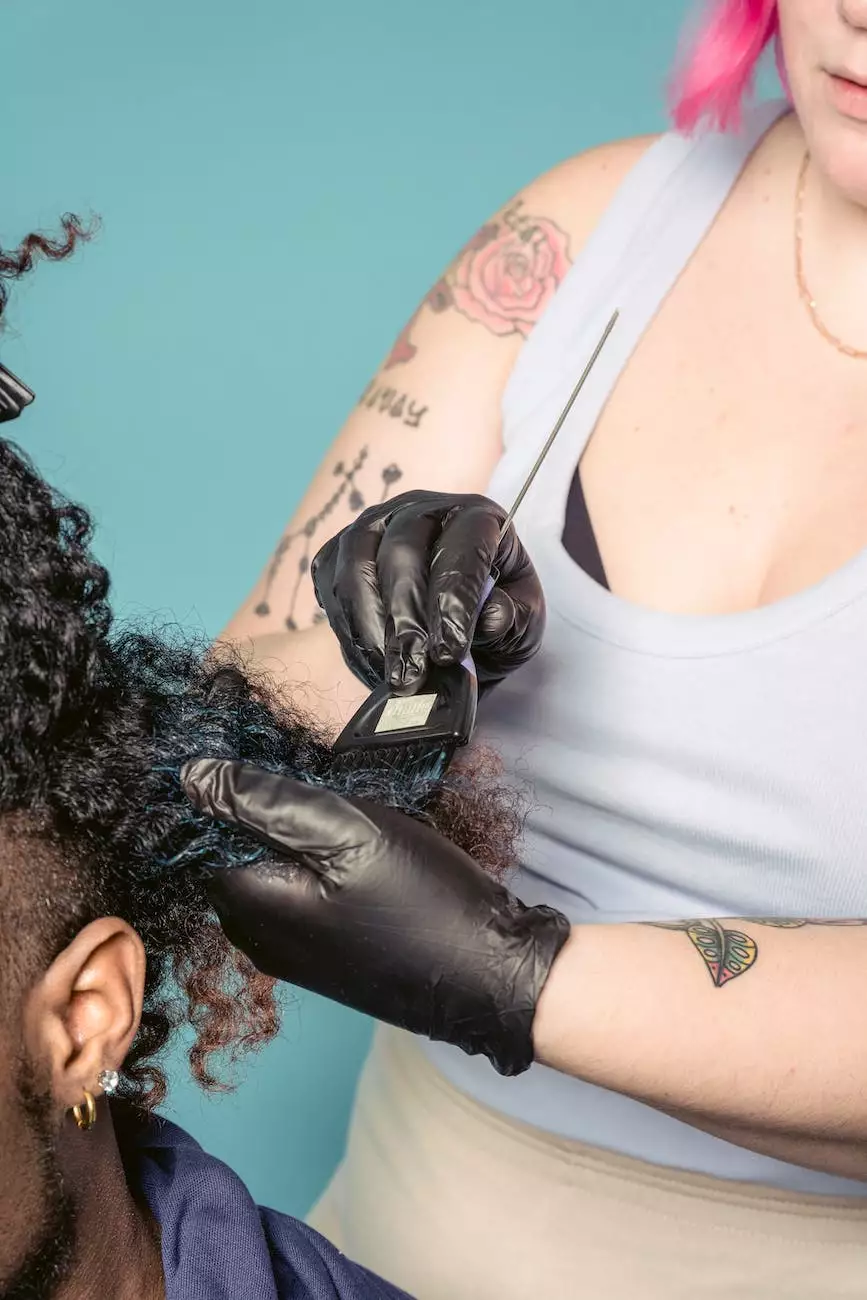Surgical Hair Restoration - Principles and Techniques Used to Create a Natural Hairline

The Science Behind Surgical Hair Restoration
Surgical hair restoration, also known as hair transplantation, is a specialized procedure aimed at restoring hair growth in individuals experiencing hair loss or baldness. At Foley James D MD, we understand the impact that hair loss can have on one's confidence and overall well-being. Our team of experts utilizes advanced surgical techniques to create a natural hairline that seamlessly blends with the existing hair.
Understanding the Hair Growth Cycle
Before delving into the principles and techniques used in surgical hair restoration, it is crucial to understand the hair growth cycle. Hair growth occurs in three main phases: the anagen phase (active growth), catagen phase (transition), and telogen phase (resting). The success of hair transplantation heavily relies on taking into account the hair growth cycle to ensure optimal results.
Natural Hairline Creation Techniques
Follicular Unit Transplantation (FUT)
Follicular Unit Transplantation, commonly known as FUT, is one of the widely used techniques in surgical hair restoration. This technique involves removing a strip of hair-bearing scalp from the donor area, typically located at the back of the head, and dissecting it into individual hair follicles (grafts).
The grafts are then meticulously transplanted into tiny incisions made in the recipient area, recreating a natural hairline. FUT allows for a greater number of grafts to be transplanted in a single session, making it an ideal choice for individuals with advanced hair loss.
Follicular Unit Extraction (FUE)
Follicular Unit Extraction, or FUE, is an innovative technique in surgical hair restoration that involves extracting individual hair follicles directly from the donor area without the need for a strip of scalp. This minimally invasive procedure results in tiny, circular scars that are virtually undetectable.
During the FUE procedure, our skilled surgeons use specialized instruments to harvest hair follicles and transplant them to the recipient area, ensuring an aesthetically pleasing hairline. FUE is an excellent option for individuals with limited donor hair or those who prefer shorter hairstyles.
Direct Hair Implantation (DHI)
Direct Hair Implantation, also known as DHI, is an advanced technique that allows for the direct implantation of hair follicles without the need for recipient site creation beforehand. This technique ensures minimal trauma to the scalp and reduces the time between extraction and transplantation.
Using specialized instruments, our expert surgeons meticulously position each hair follicle at the desired angle and depth, resulting in a natural-looking hairline. DHI is a suitable option for individuals with sufficient donor hair and specific aesthetic requirements.
Factors Affecting Hairline Design
Facial Symmetry and Proportions
When designing a natural hairline, our surgeons consider the patient's facial symmetry and proportions. A well-crafted hairline should complement the overall facial features, ensuring a harmonious and balanced appearance. By understanding the patient's unique facial structure, we can create a hairline that enhances their natural beauty.
Age and Hair Loss Pattern
The patient's age and hair loss pattern play a crucial role in determining the optimal approach to surgical hair restoration. Younger individuals with early-stage hair loss may require a more conservative hairline design to accommodate potential future hair loss. On the other hand, individuals with a stable hair loss pattern can achieve a more aggressive hairline design.
Hair Characteristics
The characteristics of the patient's hair, such as texture, color, and curliness, are taken into consideration while creating a natural hairline. Matching these characteristics to the existing hair ensures a seamless transition and enhances the overall aesthetic outcome.
Expected Results and Recovery
It is important to have realistic expectations when considering surgical hair restoration. While the procedure can significantly improve hair density and restore a natural hairline, individual results may vary. Our experienced surgeons will guide you through the entire process, providing detailed information on what to expect during and after the procedure.
Recovery after surgical hair restoration typically involves a healing phase where the transplanted hair follicles take root and start to grow. It is crucial to follow post-operative instructions provided by our team to ensure optimal healing and minimize any potential complications.
The Importance of Choosing a Qualified Surgeon
When embarking on the journey of surgical hair restoration, it is vital to choose a qualified and experienced surgeon like Dr. Foley James D MD. Our expertise in the field, combined with a deep understanding of the latest techniques and advancements, ensures that you receive the highest quality care and achieve natural-looking results.
At Foley James D MD, your well-being is our top priority. Our team is dedicated to providing personalized solutions tailored to your specific needs.
Contact Foley James D MD today for a consultation and take the first step towards regaining your confidence through surgical hair restoration.










